Nicaragua's Momotombo Volcano Is Squirting Out a Cloud of Toxic Gas and Vapor, Is This a Danger Warning?
 |
| An aerial view shows the Momotombo volcano in Nicaragua spewing clouds of toxic gas. (Source: NASA) |
Momotombo is an active volcano located on the northern shore of Lake Managua in western Nicaragua.
According to information from the National Aeronautics and Space Administration (NASA) Earth Observatory, scientists surveying this area once called the Momotombo volcano "horror" in 1902. According to the Smithsonian Institute's Global Volcanism Program (USA), Momotombo is about 4,500 years old, its peak is 1,270m above sea level.
Over the past 500 years, the Momotombo volcano has had several major eruptions, including an eruption in 1610 that caused an earthquake that destroyed the nearby city of León. The residents were forced to relocate, and they later rebuilt the new city of León, which is now Nicaragua's second largest city. Meanwhile, the ruins of the ancient city are listed as a UNESCO World Heritage Site.
This volcano had major eruptions in November 2015 and February 2016. According to the Global Volcanism Program, from 2021 to now, Momotombo has not had any major eruptions, however, it is still smoldering and emitting toxic gases, so scientists consider it to be in an active phase.
In the NASA photo above, you can see the volcano erupting a cloud from its summit. The cloud contains a mixture of steam and poisonous gases like foul-smelling hydrogen sulfide, which has stained the summit of the volcano yellow for thousands of years. Volcanoes often erupt these toxic clouds before and after an eruption.
According to NASA's Earth Observatory, the photo also clearly shows two dark lava fields at the foot of the mountain, traces of molten rock flowing down the volcano's slopes during previous eruptions.
Momotombo is part of the Central American Volcanic Arc, which stretches along the west coast of the continent from Mexico to Panama, and is surrounded by several other volcanoes, including the smaller Momotomboto, which is about 350m high and lies in the middle of Lake Managua and was formed at the same time as Momotombo.
The area around Momotombo is full of small openings, called fumaroles, where volcanic gases and steam rise to the Earth's surface. As a result, much of the surrounding area has been used to build a geothermal power plant since 1983. Electricity is generated from this underground heat.
A volcano is a fracture in the Earth's crust that allows lava, ash, and gas to escape. The Earth's crust is divided into seven major tectonic plates, which get hotter and softer as they go deeper. Volcanoes occur at the boundaries between tectonic plates.
Volcanoes are formed because the temperature below the Earth's surface is very hot, and the deeper you go towards the center of the Earth, the hotter the temperature gets. At a depth of about 30km underground, the temperature here is hot enough to melt most types of rock.
As rocks melt, they expand and need more space. The molten rock (also called magma) is constantly pushed upward, and as a result, mountains continue to grow. When the pressure in the magma becomes greater than the pressure in the rock above, the magma erupts upward and forms a volcano.
During an eruption, hot gases and other solids are also thrown into the air. The materials ejected from the crater fall down the slopes and foot of the mountain, forming a cone-shaped mountain.
Source: https://baoquocte.vn/nui-lua-noi-kinh-hoang-o-nicaragua-phun-ra-dam-may-khi-doc-sap-co-nguy-hiem-281564.html


![[Photo] President Luong Cuong and King Philippe of Belgium visit Thang Long Imperial Citadel](https://vstatic.vietnam.vn/vietnam/resource/IMAGE/2025/4/1/cb080a6652f84a1291edc3d2ee50f631)
![[Photo] Close-up of Vietnam's sniffer dog team searching for earthquake victims in Myanmar](https://vstatic.vietnam.vn/vietnam/resource/IMAGE/2025/4/1/d4949a0510ba40af93a15359b5450df2)

![[Photo] Prime Minister Pham Minh Chinh meets with King Philippe of Belgium](https://vstatic.vietnam.vn/vietnam/resource/IMAGE/2025/4/1/be2f9ad3b17843b9b8f8dee6f2d227e7)

![[Photo] General Secretary To Lam receives King Philippe of Belgium](https://vstatic.vietnam.vn/vietnam/resource/IMAGE/2025/4/1/e5963137a0c9428dabb93bdb34b86d7c)


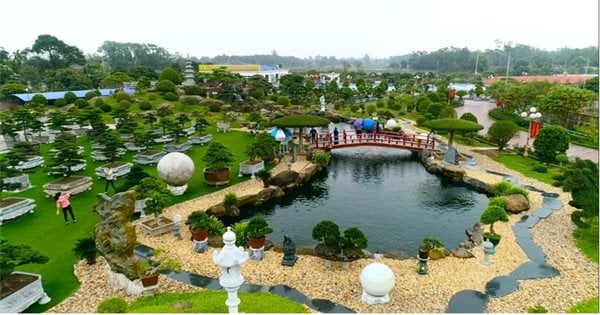

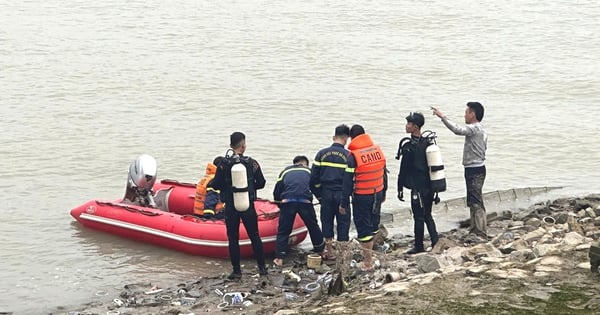

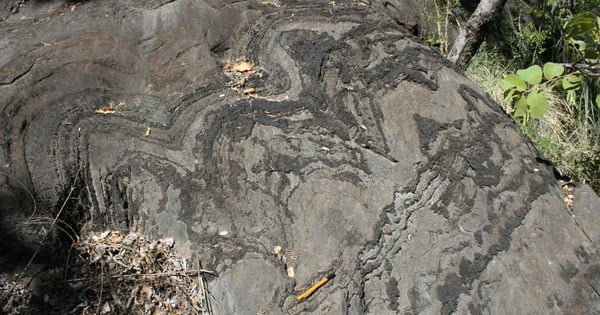

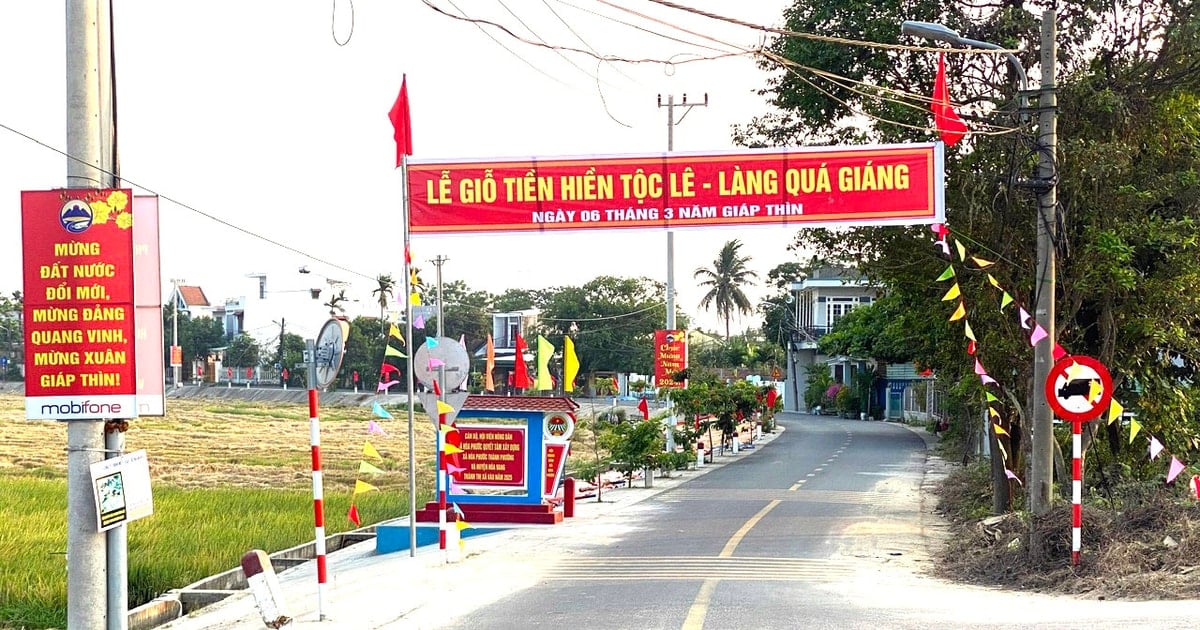
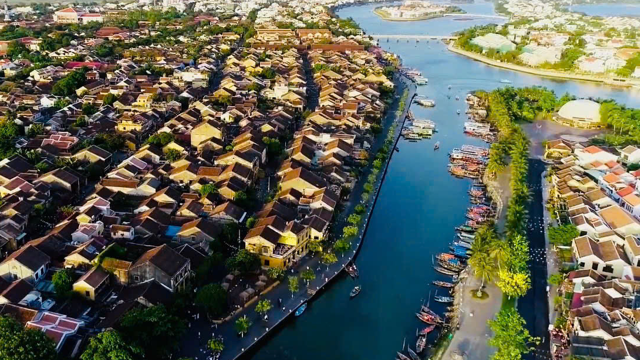










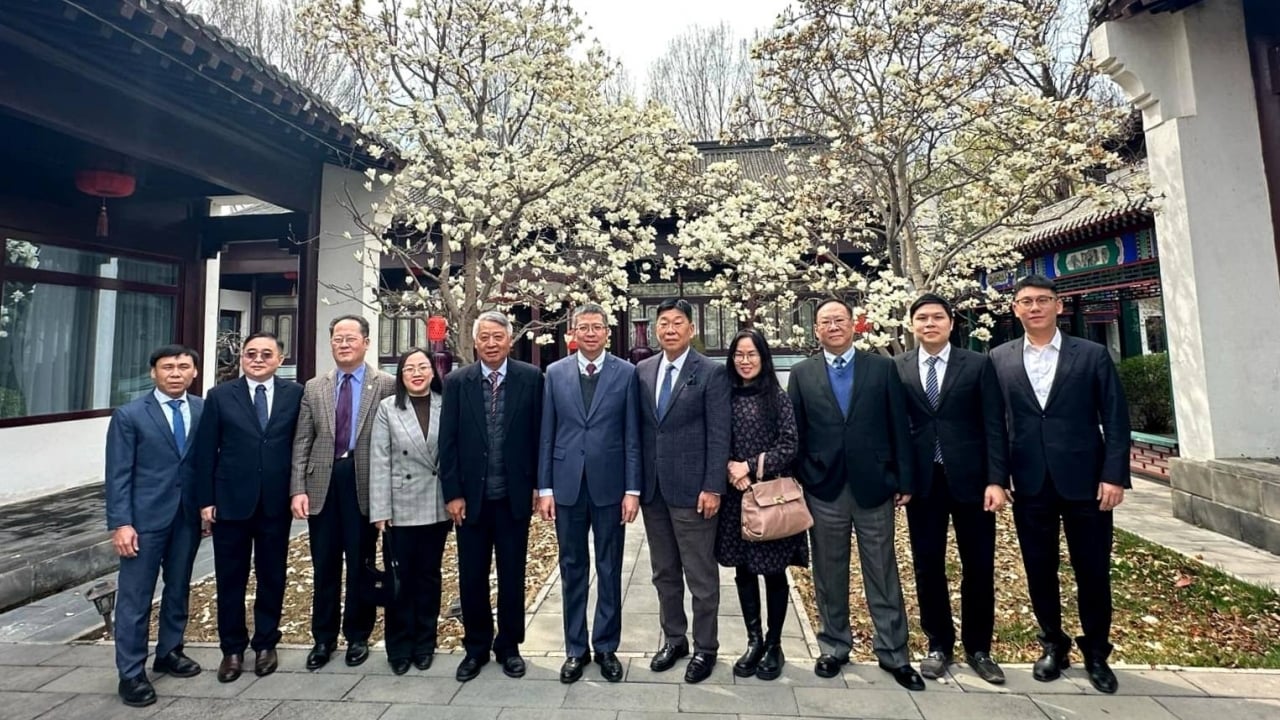

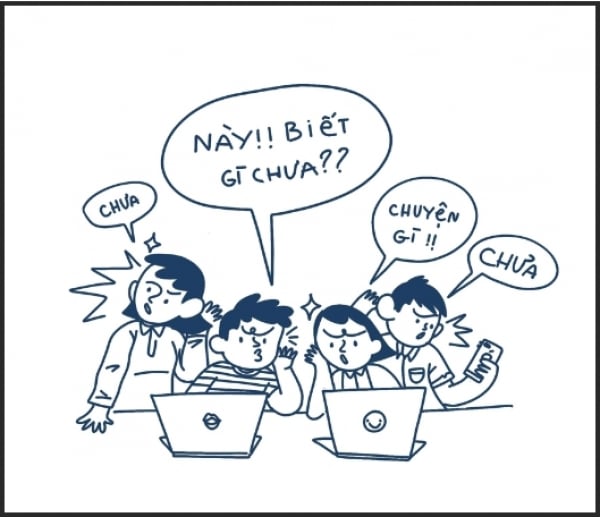


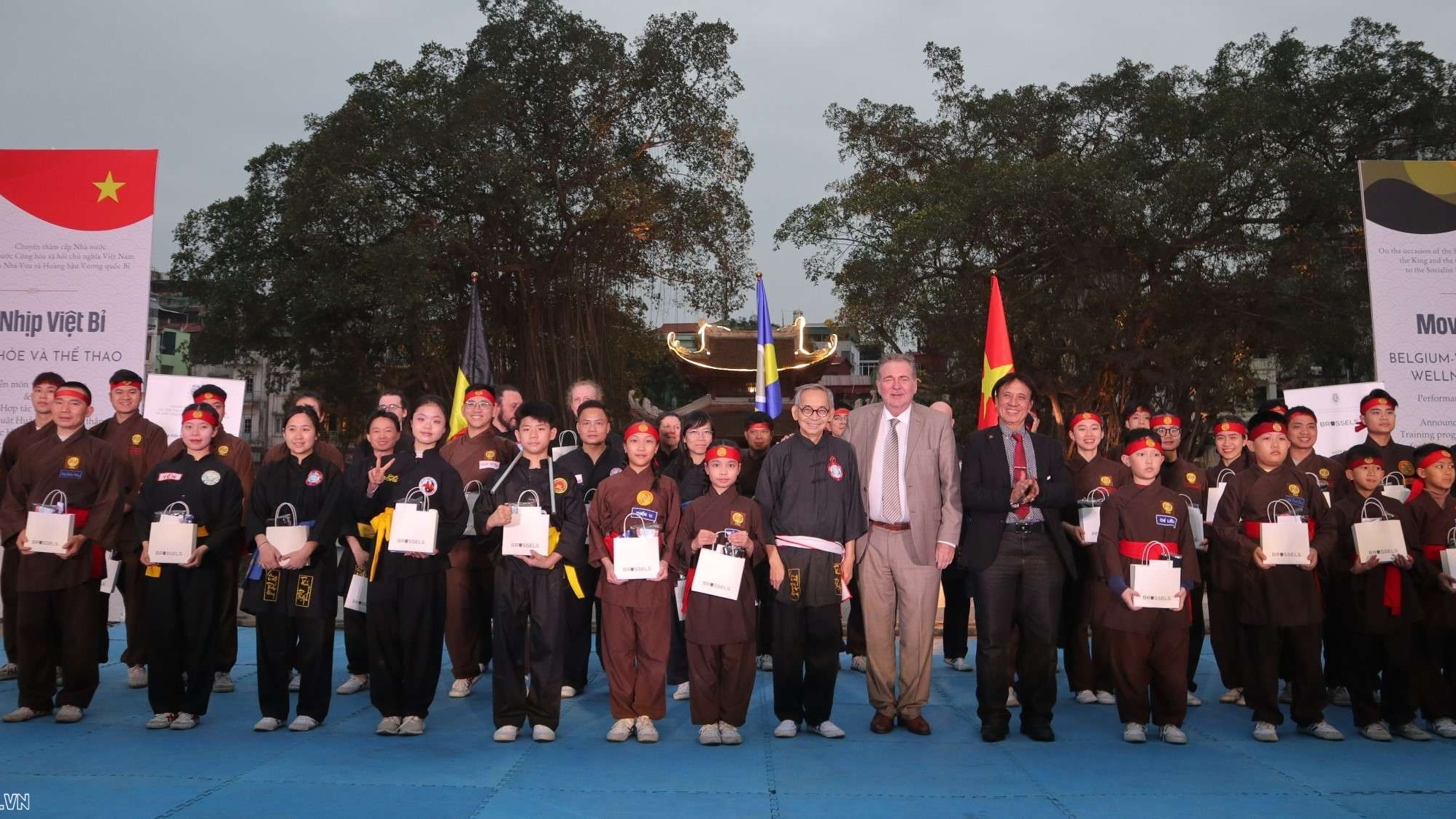
![[Photo] Myanmar's capital in disarray after the great earthquake](https://vstatic.vietnam.vn/vietnam/resource/IMAGE/2025/4/1/7719e43b61ba40f3ac17f5c3c1f03720)










































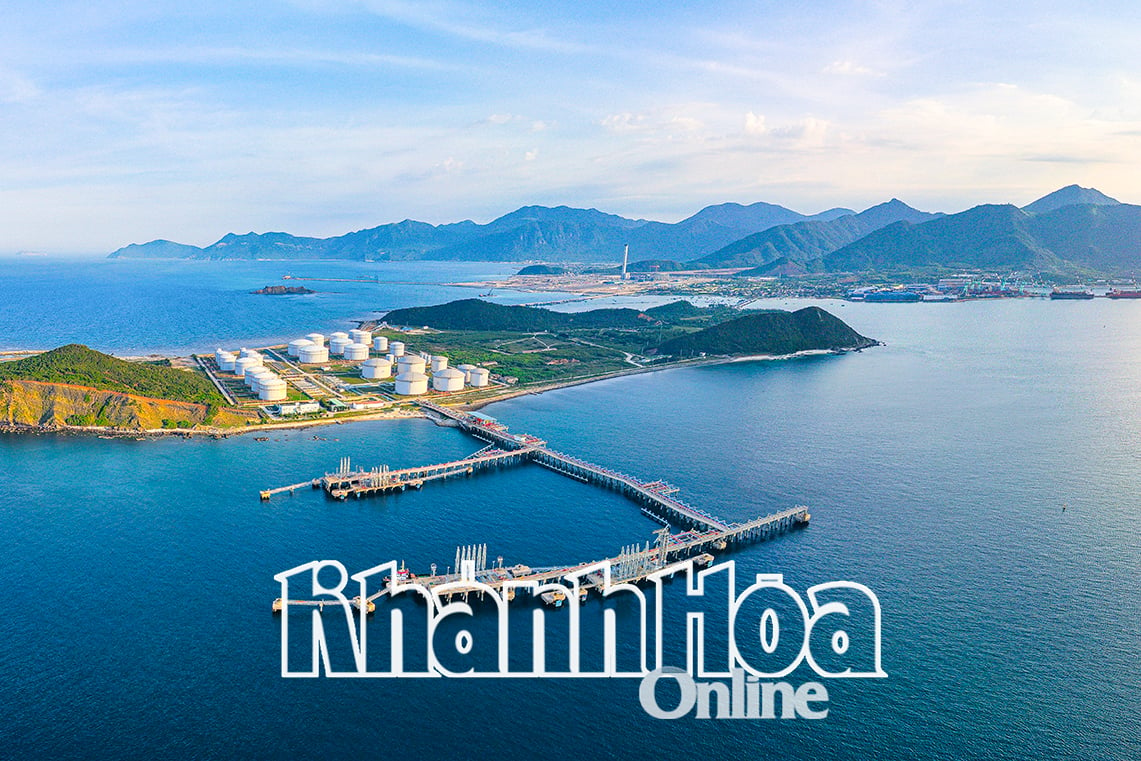



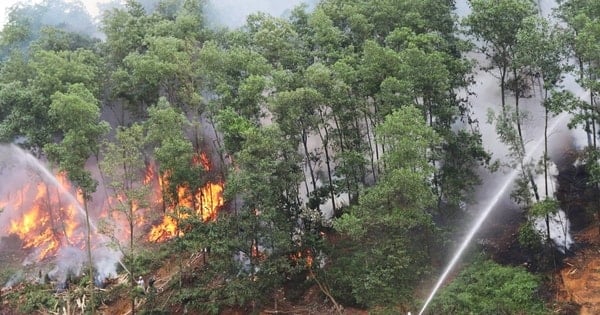













Comment (0)